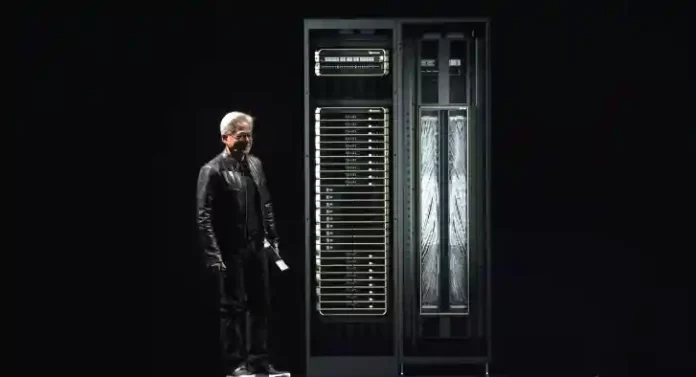China, the world’s second-largest economy, has accelerated its push into artificial intelligence, pouring billions into domestic chip development. A centerpiece of this effort is DeepSeek, an AI model unveiled in January 2025 that immediately drew global attention as a direct challenger to ChatGPT. Its debut even prompted the Trump administration to consider banning DeepSeek in the United States over concerns of data security and national competition.
Chinese officials claim DeepSeek operates with remarkable efficiency—using far fewer chips than comparable Western models. According to its developers, the DeepSeek R1 model can run entirely on a single chip. This breakthrough rattled the global tech sector and positioned China as a serious contender against international chipmakers.
In September, the government-backed tech giant Alibaba unveiled another major milestone: a new AI chip reportedly capable of matching the performance of Nvidia’s H20, a processor originally customized for the Chinese market. The announcement coincided with Beijing directing major firms—including ByteDance, Tencent, and Baidu—to halt future purchases of Nvidia hardware and phase out its use in AI research and testing.
Nvidia, the world leader in AI chips, now faces a full import ban in China. Officials have justified the move under anti-monopoly regulations, claiming Nvidia violated domestic competition laws following its merger with Israeli firm Mellanox Technologies. Although Chinese regulators initially approved the acquisition in 2020, a renewed probe in 2025 has cast uncertainty over Nvidia’s compliance.
The roots of this chip war trace back to 2022, when Washington restricted China’s access to advanced semiconductors to prevent their potential use in military AI systems. At the time, analysts believed China lagged years behind the United States in high-end chip production. But in just three years, the country has dramatically narrowed that gap.
Recent developments suggest Beijing’s strategy extends beyond technological self-sufficiency. Analysts argue the Nvidia ban could also serve as a bargaining tool in ongoing trade tensions with Washington. Meanwhile, investigations by the New York Times indicate that Chinese firms may still be acquiring U.S. hardware through intermediaries and underground supply channels—signs that China’s domestic chip industry might not yet fully rival Nvidia’s capabilities.
As the AI arms race intensifies, the global semiconductor landscape is undergoing a rapid and potentially irreversible shift—one that could redefine technological power for the decade ahead.





